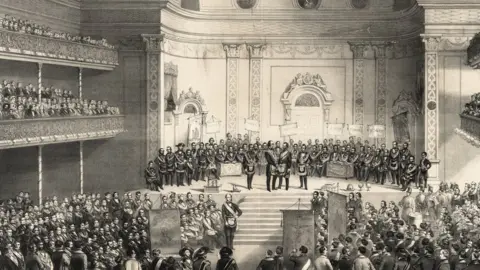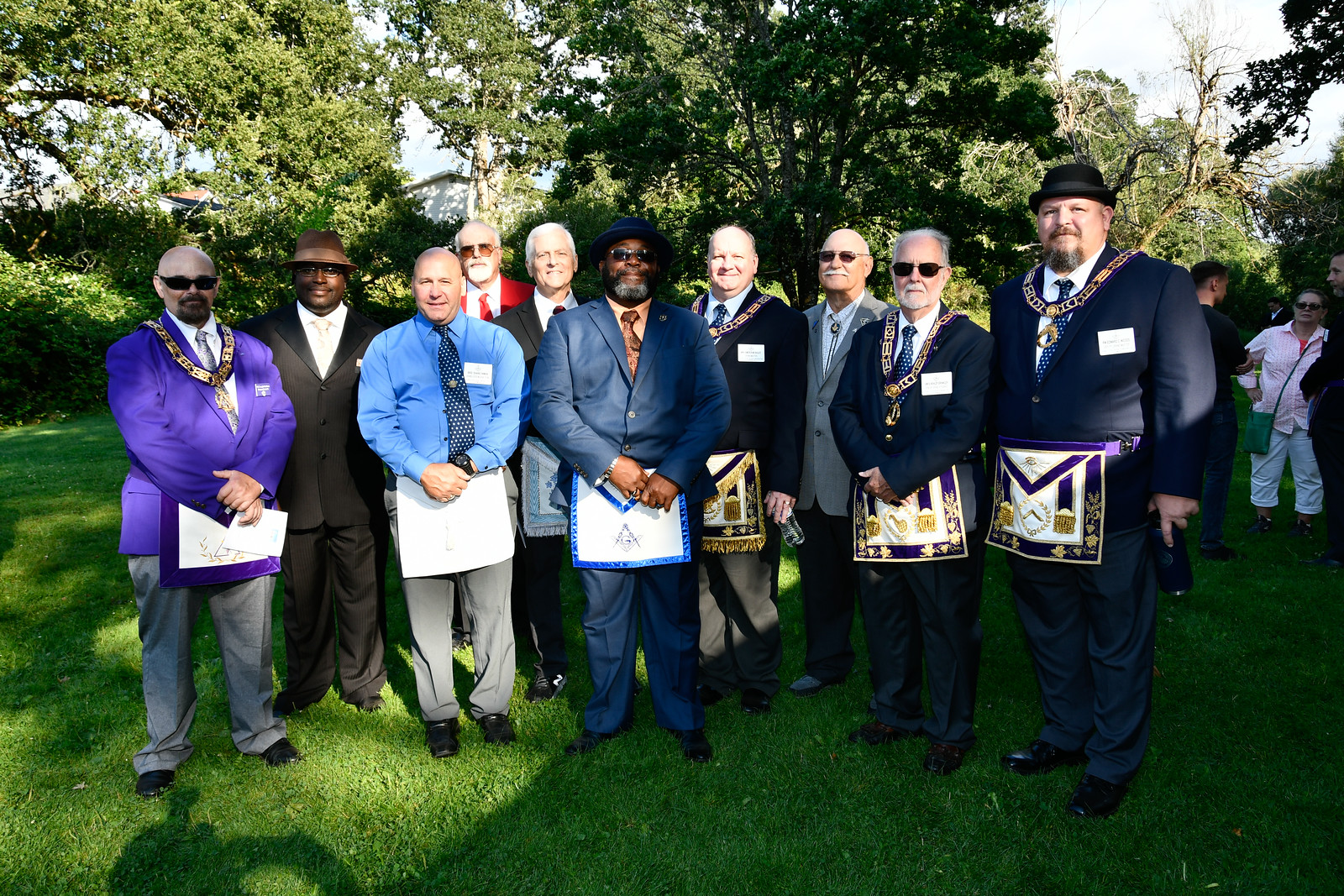Checking Out the Mysteries of the Freemason: What You Need to Know
The Freemason, a term commonly shrouded in intrigue and dispute, stands for an intricate tapestry of historic reality and contemporary misconception. Developed in the late 18th century, this secret culture was at first rooted in the Knowledge's suitables however has because become synonymous with conspiracy theory theories concerning elite control. As we navigate the beginnings, vital numbers, and the stark contrast in between myth and fact, one should consider just how these stories affect contemporary assumptions of power and privacy. What may be exposed with a closer examination of these components can challenge long-held assumptions concerning the darkness that remain in our society.
Beginnings of the Freemason
The origins of the Freemason are soaked in a blend of historic intrigue and ideological eagerness. Established in 1776 in Ingolstadt, Bavaria, by Adam Weishaupt, the team was initially developed as a secret society aimed at advertising Enlightenment perfects such as reason, secularism, and the splitting up of church and state. Weishaupt, a teacher of canon law, looked for to challenge the dominating authority of the church and state, which he viewed as oppressive organizations stifling intellectual and individual liberty.
The Freemason looked for to recruit prominent members from different social sectors, consisting of national politics, academia, and the arts, to promote a network committed to these Knowledge concepts. The culture run under a shroud of secrecy, employing coded language and rituals to shield its participants from oppression, particularly offered the repressive environment of the time. Nevertheless, the Freemason dealt with substantial resistance from both governmental authorities and spiritual institutions, which checked out the team as a hazard to their power.
Secret Numbers and Members
Who were the crucial numbers that shaped the Freemason's very early influence and direction? The Bavarian Freemason, founded in 1776 by Adam Weishaupt, became a reaction to the overbearing social frameworks of the moment. how to become a freemason. Weishaupt, a regulation professor, envisioned the organization as a way to promote Enlightenment perfects such as factor, secularism, and equality. His initial recruitment initiatives consisted of significant intellectuals, such as Baron von Knigge, who played an important function in broadening the team's membership and organizational framework.
Another considerable number was Johann Gottlieb Fichte, a famous philosopher whose ideas on nationalism and education resonated with the Freemason's goals. Although Fichte was not a formal member, his thoughtful underpinnings affected the group's ideology. Additionally, numbers like the author and thinker Johann Wolfgang von Goethe were connected with the wider intellectual activities of the time, although their straight participation with the Freemason continues to be discussed.
These crucial figures contributed to the Freemason's very early direction, pressing the boundaries of political and social idea, while their collective initiatives aimed to test well established norms and cultivate a climate of dynamic modification in Europe.
Misconceptions vs. Truth
Many mistaken beliefs surround the Freemason, often mixing truth with fiction in a manner that covers its true continue reading this nature. This secret society, originally established in 1776 in Bavaria, intended to promote Enlightenment ideals and fight spiritual and political oppression. The concept that the Freemason continues to put in considerable influence over globe occasions is a myth. While the group did exist, it was dissolved in the late 18th century and has not run as a natural entity since after that.
Another widespread myth is that the Freemason consists of a network of elite individuals controling international affairs. In truth, lots of conspiracy theories exaggerate the team's you can try here value, attributing misguided objectives to social trends and events. This has resulted in an oversimplified sight of intricate concerns.

Modern Analyses
Contemporary interpretations of the Freemason often show wider social stress and anxieties and an attraction with privacy and power. This modern lens often links the Freemason with conspiracy theories that suggest a covert elite orchestrates world events, adjusting federal governments and economies for their own gain. Such stories use a deep-rooted question of authority, especially in times of crisis or social upheaval.

Additionally, some modern analyses frame the Freemason as a metaphor for the complexities of globalization and the interconnectedness of prominent people and companies. This point of view encourages an important evaluation of exactly how power characteristics operate in today's world, highlighting the balance between transparency and secrecy in governance and company methods.
Social Impact and Heritage
Influenced by centuries of intrigue, the cultural influence and tradition of the Freemason expand far beyond its historical origins. This secret society, developed in the late 18th century, has actually penetrated different aspects of preferred society, from literary works and movie to music and art. The concept of the Freemason has developed right into an icon of conspiracy theory theories, typically representing a regarded concealed power manipulating international occasions.
In literature, writers like Dan Brown have woven the Freemason into complex stories, captivating visitors with styles of privacy and power. Movies such as "National Treasure" and "The Da Vinci Code" further perpetuate the attraction of the culture, mixing fact with fiction to develop appealing stories.
The Freemason's impact additionally extends into music, with musicians referencing the company to evoke motifs of disobedience and social review. This representation has added to an attraction with the concept of clandestine teams regulating the levers of power, showing social stress and anxieties concerning authority and openness.
Ultimately, the Freemason's tradition is a complex tapestry of myth and reality, forming assumptions of secrecy and control in modern discourse. Its long-lasting existence in society emphasizes humanity's seasonal mission for comprehending concealed truths.
Verdict
The exploration of the Freemason exposes an intricate interplay in between historic truths and contemporary myth-making. Established in the Knowledge era, this society aimed to test oppressive structures, yet its legacy has been overshadowed by conspiracy theory theories that recommend elite control. Comprehending the distinctions between the initial suitables and contemporary interpretations is important for understanding the sustaining fascination with the Freemason and its substantial impact on cultural stories surrounding power and privacy in culture.